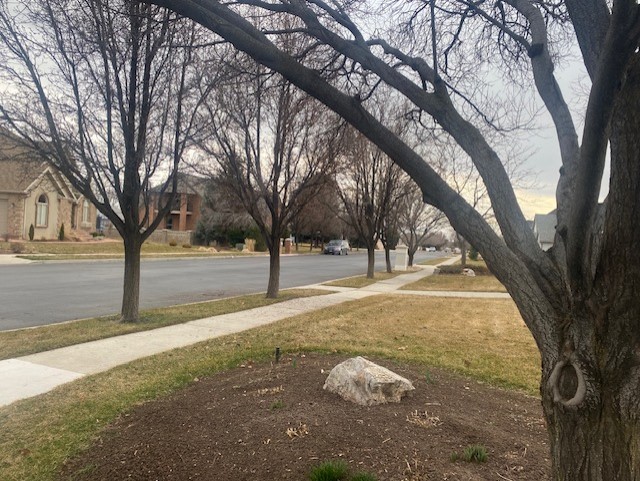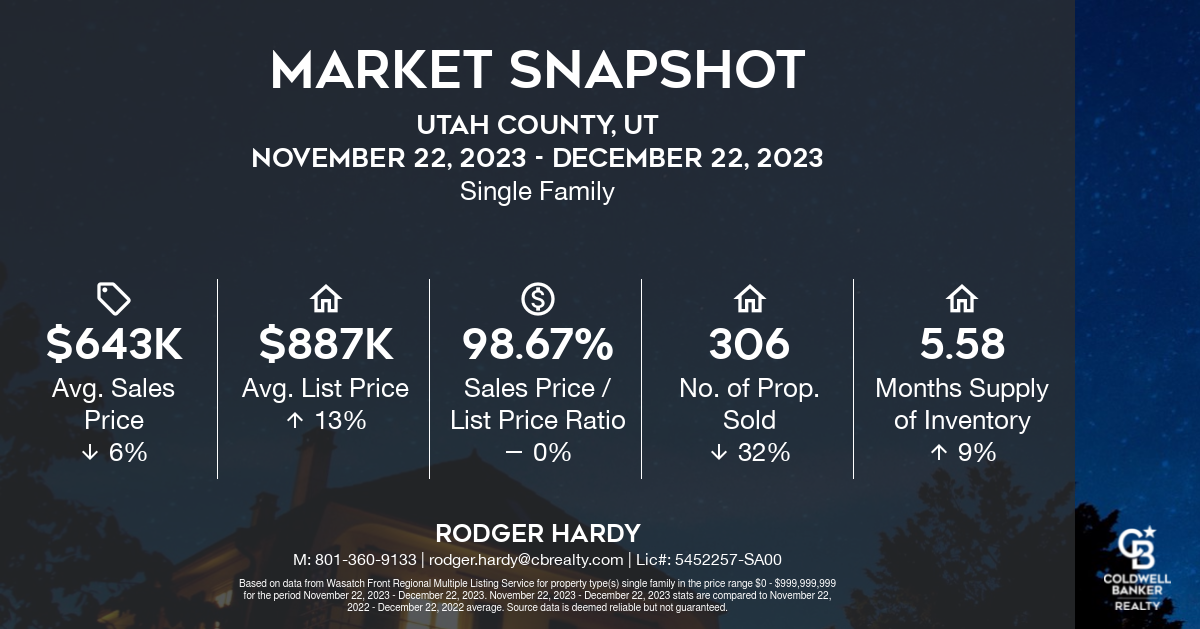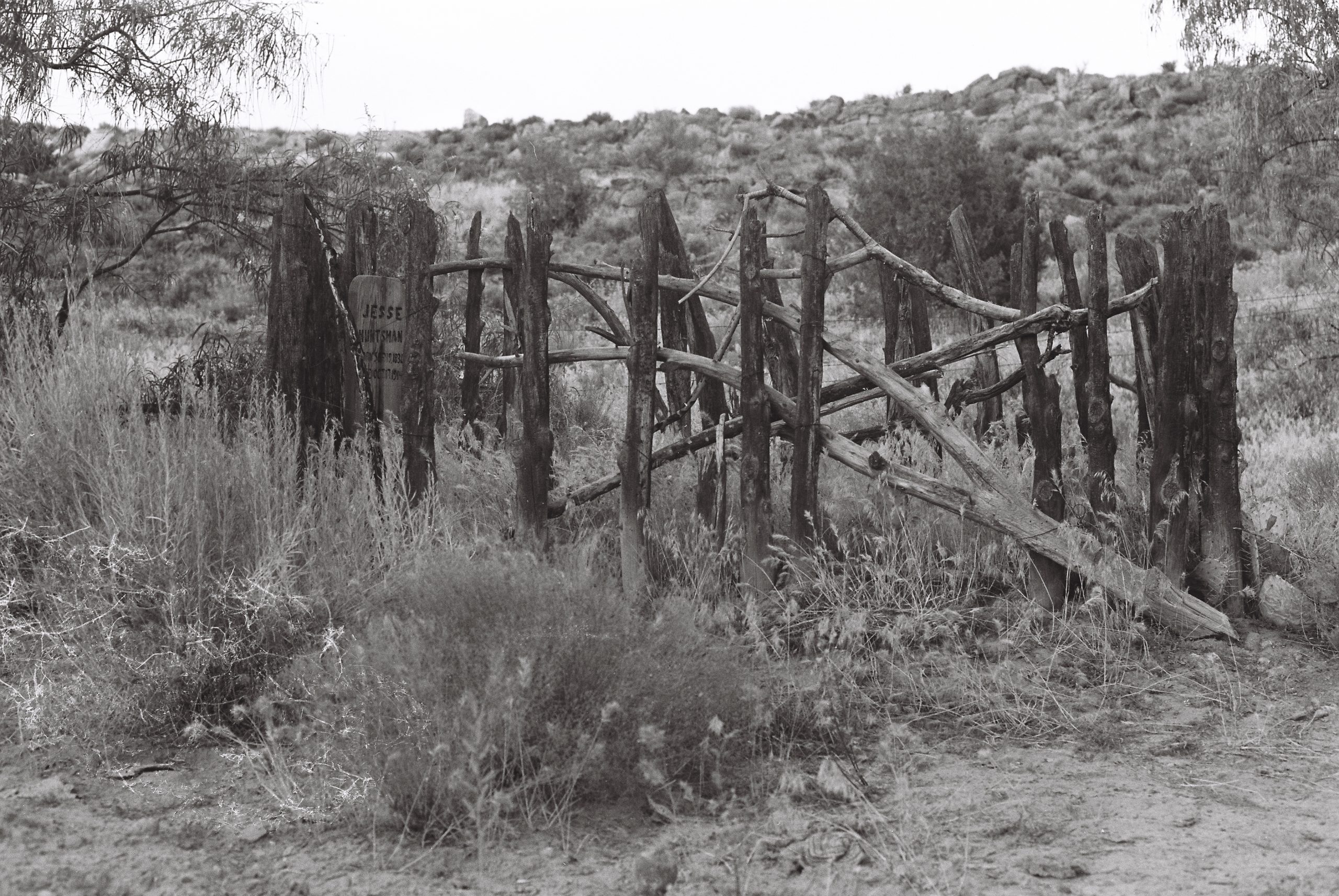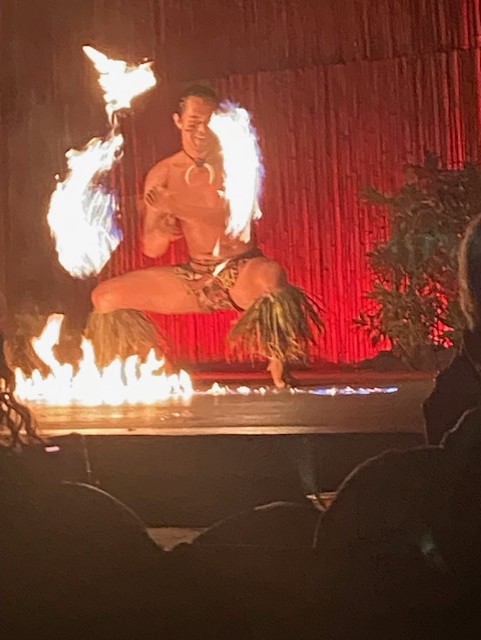It was the spring of 1973. My new bride, Cynthia, and I had just moved into our first home in St. George, Utah, a 10×50 mobile home parked on a Dixie College trailer park. One day I received a phone call from a woman who wanted to meet the new journalism teacher at Dixie.
We invited her over and Maureen Whipple came for a short visit. I so. on learned that this was a noted journalist, short-story writer, and the author of the 1941 historic novel, The Giant Joshua. Although the novel is a work of fiction, as we got to know Maureen, she insisted it was based on fact. Perhaps not the story, but certainly on incidents that really happened during the polygamist days of old St. George.
The Giant Joshua Storyline
The Giant Joshua is set in the 1860s about a small group of Mormons fighting to stay alive in Utah’s arid Dixie Mission, like the Giant Joshua tree, itself. The story follows a young girl, the third polygamous wife, torn between her older husband and his son, who is more her age, along with her passion for her religion. Scholars consider it one of the most important works of Mormon fiction.
While polygamy was outlawed in The Church of Jesus Christ of Latter-day Saints in 1890, splinter groups still practice it. I remember polygamist children walking by on their way to school. They always stood out because of their old-fashioned dress; little girls with pigtails.
Maureen loved to explore historic sites around the St. George region, and she finally had someone to share those adventures with her. At least one of those episodes was with a park ranger who planted a sign marking a historic site. More about that later.
Our Friendship Blossomed
We became good friends; Maureen was at least twice my age and Cynthia was in her early 20s. Maureen’s steady companion was an old arthritic dog. When we went on our many adventures, the dog would often come along.
She loved to visit ghost towns, particularly the towns where the only thing remaining were the cemeteries. On one such visit we found an old grave surrounded by a fence with cactuses planted on top. The man whose bones were buried beneath had died of syphilis. So, he was buried outside the cemetery under a bed of cactuses and fenced off from the world. Then his home was burned to the ground. Though harsh, it was a common judgment for people who died with that kind of sin.
Another time, Maureen told me about a sheriff in the late 1800s charged with taking a couple of horse thieves to jail in Pahrump, Nev. several miles away. Instead, the sheriff took them to the hills outside of St. George and executed them, rather than making the long trip on horseback to Pahrump.
Looking for Bones
So sure was Maureen of that story that she persuaded me to hike the hills looking for finger bones where he allegedly buried them. We never found any bones, but we did come across some old metal toys. I should have scooped them up, but at the time I didn’t know their value.
Another time we went looking for an original cabin of Jacob Hamblin, an early Mormon pioneer. That time we found foundation stones that she thought belonged to him. Of course, they could have been the remains of any old cabin. But she insisted the location was correct.
The Waterfall
She had another friend named Jim — I don’t recall his last name — who would go with us on some of our adventures. One day we drove out to Kolob Canyon in Zion National Park. Stopping along the road, Jim and I spotted a waterfall across the canyon and wanted to explore. But Maureen and Cynthia weren’t interested in the hike, so we left them in the car and hiked over to the waterfall. It was a natural cascade, we discovered when we got there, resulting from the spring thaw. It would soon disappear.
We were gone a couple of hours while Cynthia and Maureen waited in the car. I was impressed with their patience. But it gave them time to chat and get to know each other better.
On to Peter’s Leap
Maureen told me about a site called Peter’s Leap and wanted to explore it. She features it in her novel. When the pioneers were making their way to the St. George area in their covered wagons, they drove across a meadow which ended abruptly at the edge of a cliff. When the wagon master, Peter Shirts, looked out over the edge the others in his party turned and asked him how they were going to get over that.
“We’ll leap it,” he is reported to have said. And so, the site became known as Peter’s Leap.
With ropes, the pioneers lowered their wagons to the floor of the canyon, then journeyed on their way across a creek that became known as “Leap Creek.”
So, Jim, Maureen, Cynthia and I and a park ranger piled into Jim’s pickup truck and drove to the site. The ranger and I rode in the back along with a sign to mark the spot. However, the road turned rough before we got there. So, Jim hotdogged it across open land while the two of us in the back, and the sign, bounced around like rag dolls on the steel and wooden floor of the truck bed. It wasn’t fun.
Finally, when we got there, Maureen pointed out a bat cave where she said the pioneers took bat dung as an ingredient in making black powder for their guns. We also found native Indian petroglyphs on the canyon wall. The scars along the rocks and across the stream where the steel-rimmed wagon wheels left their marks more than a century ago were still visible.
The ranger planted the sign to mark the spot, which stands there still today, as far as I know.
From the Frying Pan Into the Fire
After a year teaching at Dixie College (recently changed to Utah Tech University) I decided to practice journalism rather than teach it. So, I took a job in my native Susanville, Calif., and then shortly moved on to the Oroville Mercury-Register as a reporter covering county government.
After six years of that we moved to Cyndee’s native Hemet, Calif. Where I was hired as wire editor.
Then after a few months we moved to Palm Springs where I took a job as real estate editor for the Desert Sun. It was there that I cut my teeth on real estate.
Over the years we lost touch with Maureen. One year on a visit to Utah we decided to stop by her home. She lived in an adobe house on the west side of town. But when we got there the house was abandoned, its windows gone.
Inside, the only sign of Maureen was some of her papers, many of them about her novel, The Giant Joshua. We gathered up some of them and I still have them. Maureen died in 1992.
In 1994 we moved back to Utah where I took a job with the Deseret News. At the same time, I got my real estate license and began juggling between reporting and helping folks buy and sell real estate. In 2010 I retired from the News and have devoted my time to real estate ever since.
Maureen was an interesting, fun lady. She researched her novel extensively and then lived it the rest of her life. Although the novel was sympathetic to the faith, she was disappointed that the general authorities of the Church were not happy with her portrayal of polygamy. As a result, The Giant Joshua was not well received in her own community.
But she always insisted it was put together with actual events surrounding the practice of plural marriage in those early years. “The book is true,” she would often say.
Scholars have since lauded it as one of the most accurate portrayals of pioneer life ever written.
Speaking real estate and authorship, I have a couple of books to help both buyers and sellers. Whether you’re a buyer or seller or just have someone you care about who could use the help, the link to get either or both is below. Here is the link to the buyer’s book:
https://rodgerhardy.book.live/buyer-book
And the link to the seller’s book.
https://rodgerhardy.book.live/biz-card-book

 Facebook
Facebook
 X
X
 Pinterest
Pinterest
 Copy Link
Copy Link




